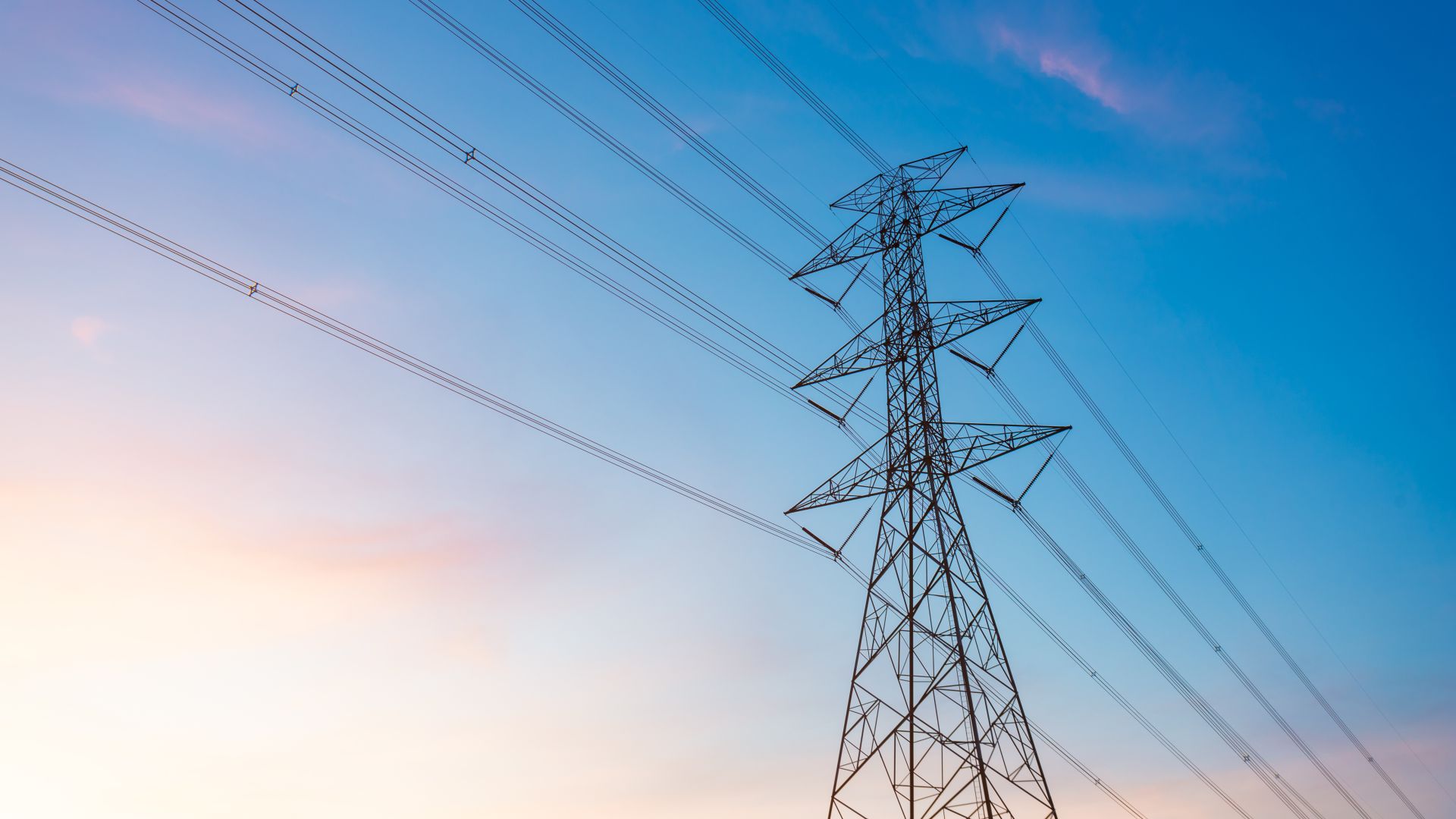A report released by Grid Strategies, conducted on behalf of WIRES, paints the full economic picture of how delays in building large-scale transmission efforts imposes significant costs on consumers by postponing or eliminating key benefits while hindering economic development, job growth and national security.
The report's Executive Summary notes several key findings, including:
- For every $1 billion investment in well-planned, large-scale transmission that is delayed, it costs consumers approximately $150 million in lost net benefits for each year of delay - these losses stem from postponed reliability improvements, reduced access to lower-cost generation and lost economic efficiencies;
- Each $1 billion of delayed transmission investment defers an estimated 11,000 to 25,000 direct, indirect and induced job-years - pointing directly to the fact that transmission projects are significant infrastructure investments that support a skilled workforce. Delays in these projects slow job creation in communities that are looking for these jobs to keep moving their economies forward.
Having a modern grid in this age of rising demand from large users like data centers and large manufacturers is more important than ever. Polling released in September by the Conservative Energy Network (CEN) found broad public support in three MISO states for investing in America’s electric transmission grid to boost reliability, lower costs, spur economic growth in communities, and meet future power needs. Recent elections in Georgia, Virginia and New Jersey showed that electricity affordability has become a top priority for voters.
The survey, conducted by Cygnal with likely voters in Ohio and Pennsylvania (states in PJM’s interconnection region) and in Arkansas, Mississippi, and Missouri (three MISO states), shows that more than two-thirds of likely voters recognize the grid is aging and requires modernization, and 65 percent supporting building more transmission lines to connect clean energy and strengthen grid reliability. It also indicates strong public support for expanding the grid and increasing power flow from clean energy projects.
In the MISO states specifically, 65 percent of respondents said they would support building more transmission lines with renewable energy integration, and 60 percent said they would be willing to pay more now on their energy bills to help pay for upgrades to the grid that would help reduce the chances for future outages and potentially lower their electric bills in the future.





